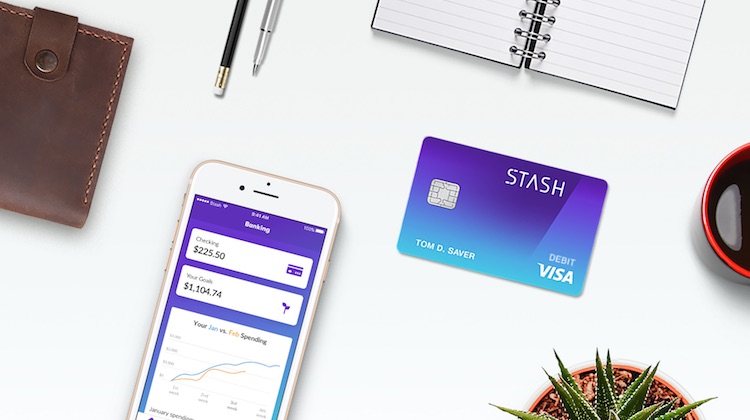Future of Investing
Microinvesting app Stash is rolling out bank accounts
- Stash Invest joined the ranks of investment startups moving into banking
- Though the field is crowded, Stash is aiming for underserved customers








